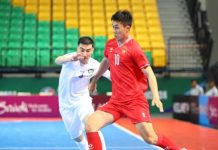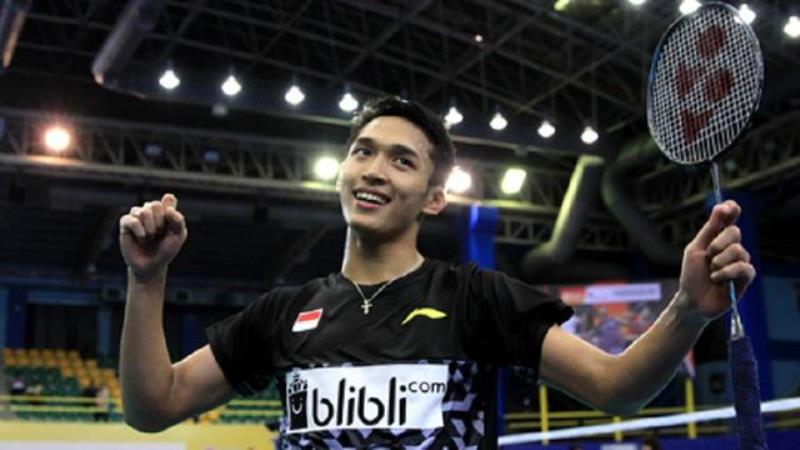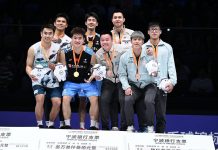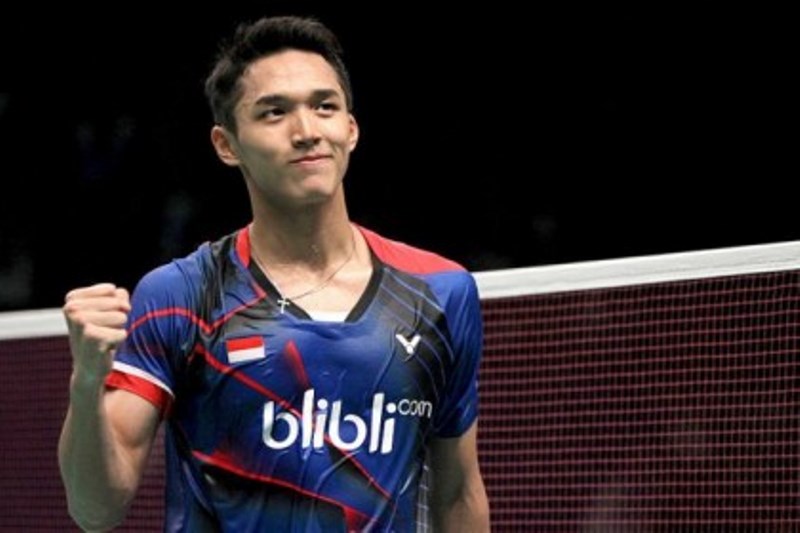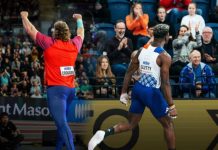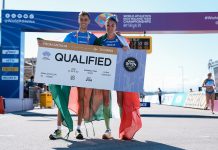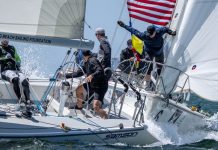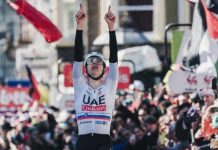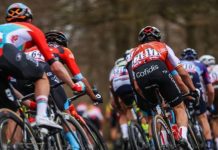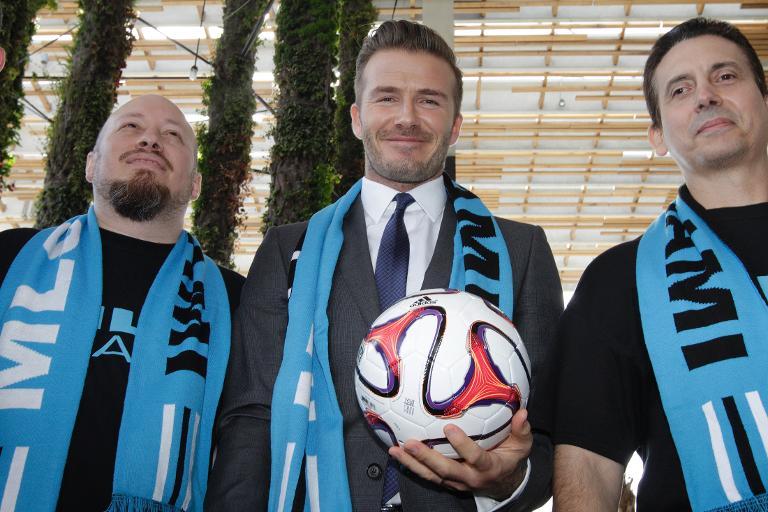V4 vs inline-four, getting your aero package right, Suzuki’s new chassis? COTA provides a stern test for rider and machine
The Red Bull Grand Prix of the Americas is next on the agenda in the MotoGP™ World Championship and the Circuit of the Americas presents a tricky challenge for the riders. The Austin layout has a little bit of everything, which makes setting up the bikes tough.
We’ve compiled a few tech-minded things to look out for at COTA this weekend, including a potential new Suzuki chassis being run by the Hamamatsu factory.
V4 vs inline-four
COTA has the longest straight on the calendar at 1.2km. It’s a mammoth stretch that undulates its way from the Turn 11 dead-stop hairpin to the equally as slow Turn 12. It’s a place where horsepower and traction are needed.
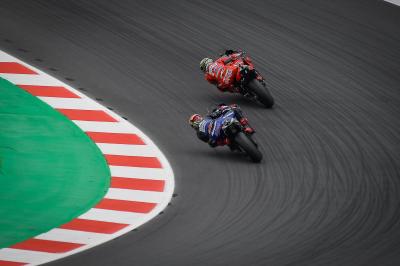
But COTA isn’t all about horsepower. While Marc Marquez (Repsol Honda Team) and his powerful V4 Honda may have dominated in Austin over the years, of the six podium places from the 2018 and 2019 GPs, four were made up of the less-powerful inline-four machines – Yamaha and Suzuki. Time through the corners is just as important as power down the straight, and it will be interesting to see which manufacturers can tackle COTA the best in 2021.
Aero – getting it right
COTA is a tricky one for aero. There’s some crucial acceleration zones that follow on from very slow corners. But you also have lots of short, sharp acceleration zones that will test the wheelie-limiting capabilities of the bike’s aero package.
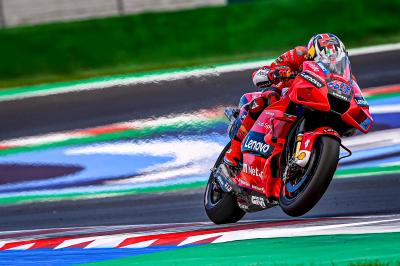
On the other side of the coin, you have lots of quick, flip-flop direction changes at COTA – the meandering section of asphalt from sector one into sector two sees the riders change direction seven times in quick succession. It’s a huge physical effort, and when there’s lots of aero bolted onto the front of the motorcycle, that physical effort only becomes greater. Getting the balance between an aero package that works stood up in a straight line and stalls when banked over at high lean angles is a crucial and dark art in the world of MotoGP™.
Rear brake
COTA is also a big one for the rear brake. All tracks on the MotoGP™ calendar require heavy use of the rear brake, but COTA even more so. The snaking section of track from Turn 3 to 10 sees the rider constantly decreasing in speed. To get a bike to turn, riders will so often use the throttle to rotate the rear of the bike to corner tighter, but in this section of track, that tactic isn’t as powerful as usual due to them having to scrub off speed.
They’ll still use the throttle to turn with the rear but watch out for them in the race as they try to be as smooth as possible, using the rear brake to get the bike to turn instead of using horsepower. The rear brake will help to turn the bike tighter towards the apex
Suzuki’s new chassis
Suzuki tested this new chassis, seen in the picture below, at the recent Misano Test. You can tell it’s new by the large section of carbon bonded onto the top of the main beam of the frame.
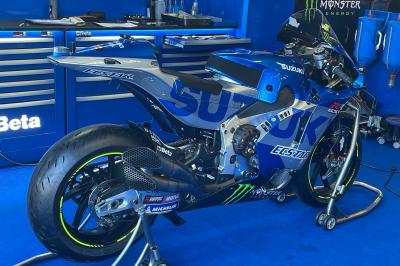
Seemingly, it’s been something that has enabled both Joan Mir and Team Suzuki Ecstar teammate Alex Rins to improve braking performance, something the reigning World Champion has commented on this season.
Braking performance is needed in several areas at COTA. Turn 1 is a heavy braking zone, Turn 11 is a sharp hairpin and so too is Turn 12, a corner the riders approach at over 330 km/h (205mph). Keep an eye on the sky blue bikes of Mir and Rins, there might just be something different on the GSX-RRs this weekend. – www.motogp.com



